Child-friendly spaces help children manage the trauma of conflict
11 April 2025For children affected by emergencies such as the conflict in Sudan, child-friendly spaces provide a safe space for children to play, learn and express themselves, enhancing resilience and reducing stress. Blog by Davis Makori, Humanitarian Policy and Advocacy Specialist deployed to Plan International Sudan.
We arrive just in time to catch a spirited early morning game of volleyball at the dusty court adjacent to the gathering site for displaced persons. It’s a hot and sunny morning March, right in the middle of Ramadan. The shrieks of delight and infectious energy as the children attempt to put together a successful serve and return sequence could easily distract a visitor from the reality that the site is only three to four hours away by road from Wad Madani, one of the frontlines of Sudan’s brutal conflict that has now raged for two years. The gathering site hosts displaced persons from the neighboring Khartoum, Sennar and Al Jezirah states. It also provides vital humanitarian relief and services to displaced persons living with host communities in Gedaref.
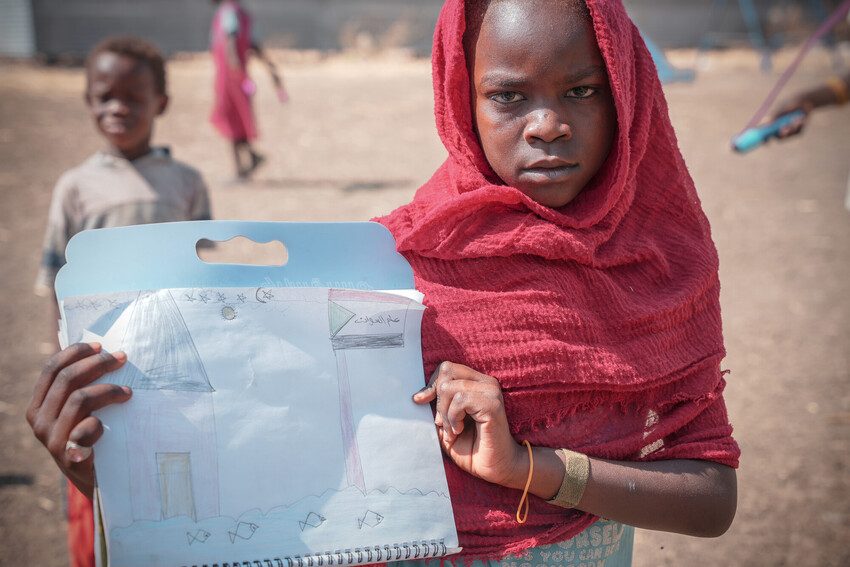
“On the first day, the children were frightened, they were scared, but then we were able to integrate them into the space and the atmosphere improved.”
Nasra, facilitator at the child-friendly space
The volleyball game has now become frenetic and more competitive despite the best efforts of one Plan International Sudan’s staff to demonstrate the underhand serving technique to a gaggle of overeager participants. Just beyond the volleyball court, a group of younger children are sat on a mat next to a straw-covered shelter, a distinctive of Gedaref’s architecture, absorbed with colorful puzzles, coloring books and sketchbooks under the watchful eye of a facilitator.
A safe environment to play
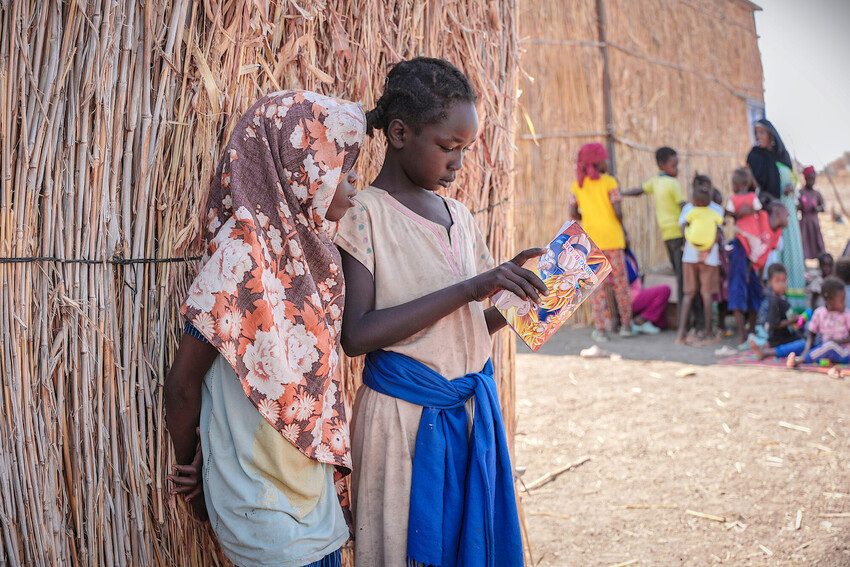
Child-friendly spaces are established to provide a safe, predictable, and stimulating environment where children can play and participate in recreation, leisure and learning activities designed to support their resilience and wellbeing. They are set up as a safe place for children affected by emergencies such as the conflict in Sudan.
Children, especially girls have been disproportionately affected by the humanitarian crisis in Sudan. The Sudan crisis is the world’s largest child displacement crisis with an estimated 5 million children who have fled their homes since April 2023. Nearly half of the over 30 million people who need humanitarian assistance are children. Nearly 1 million children have also fled across borders, particularly to Chad, Egypt and South Sudan. Despite forming nearly half of the affected population, children’s humanitarian needs remain largely unmet. An estimated 90% of Sudan’s 19 million school-aged children have lost access to formal education.
Nasra, the facilitator at the child friendly space, explains that the space opened in March and has multiple activities including volleyball, puzzle activities, drawing and coloring as well as swings, skipping ropes and other play activities. “It is in their sketchbooks that we discover their talents” she adds, noting that many of the children have discovered their talents that they hadn’t tapped into because they didn’t have anything. She notes that most of the children at the child friendly space have been forcibly displaced and are from restricted areas and couldn’t get into schools.

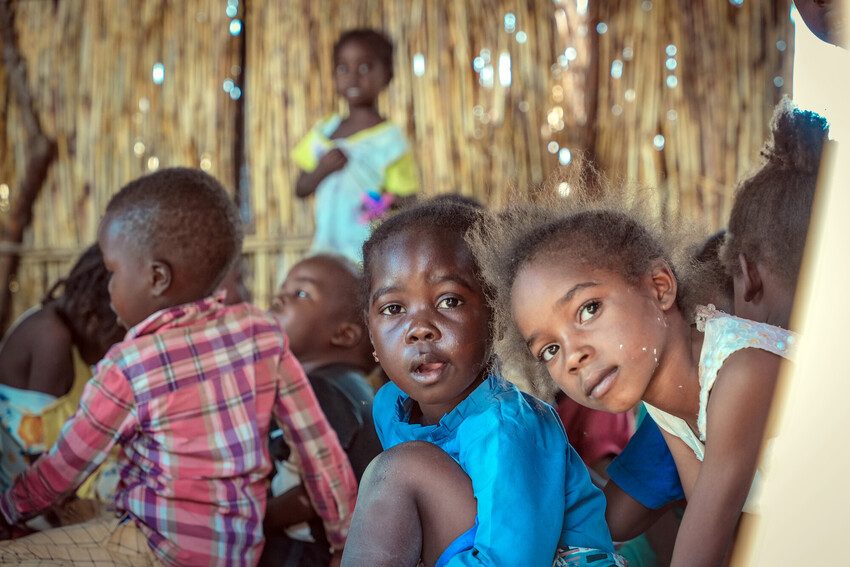
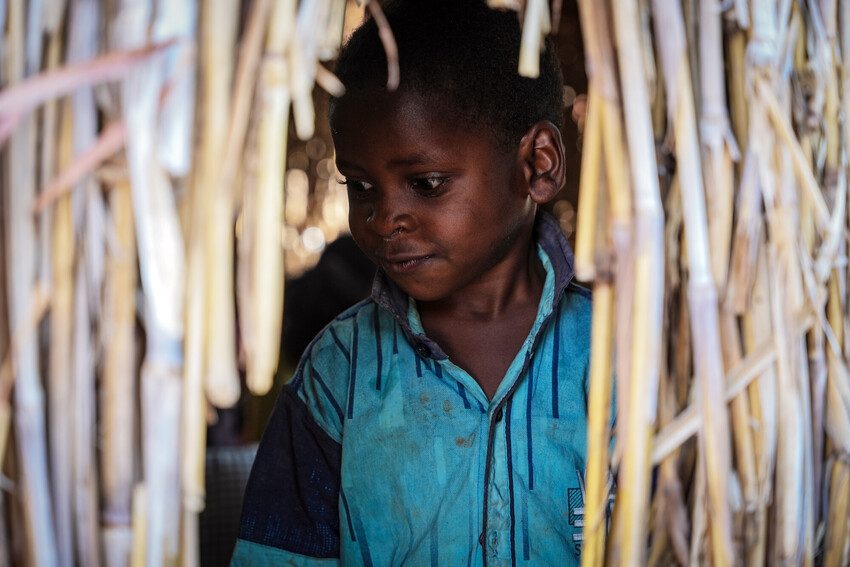

“On the first day, the children were frightened, they were scared, but then we were able to integrate them into the space and the atmosphere improved. They stayed with us and the children started to play normally, but they were very nervous when they were asked to do something, but after that, they were able to understand and calmed down.”
Routine and stability
Emergencies, displacement, and crises such as the one in Sudan cause turmoil and uncertainty for many children. Child-friendly spaces provide a safe space for children to be children; to play, explore, laugh with their friends, interact with trusted adults, and have a place they know they can go to for help. They provide routine and stability that is important for children’s recovery in the aftermath of a crisis. Group activities provide opportunities for children to come together in a predictable and stimulating environment to be safe, to learn, to express themselves, to make connections and to feel supported. It is well recognised that children’s regular and consistent engagement in group activities can positively impact their well-being, enhance their resilience and reduce their stress.
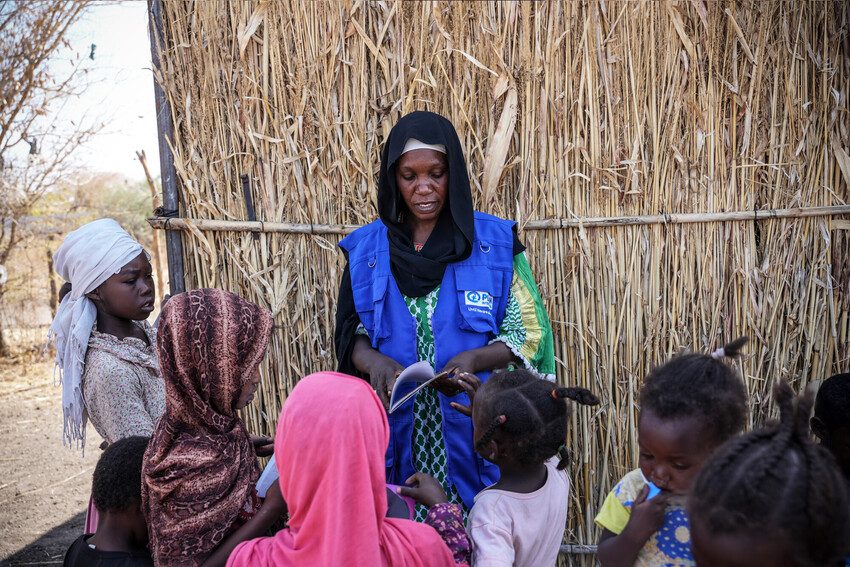
At child-friendly spaces, protection workers such as Nasra observe children and identify those who are vulnerable or experiencing abuse, neglect, exploitation or violence and provide necessary support and appropriate referrals. There has been a steep and alarming rise in cases of gender-based violence against women and girls and contact with protection workers also provides the opportunity to identify children who are experiencing severe distress and might need more specialised support, and refer them to the relevant services.
The volleyball game concludes as some of the older children take a break and Nasra rallies volunteers to collect the puzzles, drawing books and toys for storage. It is not lost on her that the conflict still wages on further afield, and that millions of children face a bleak and uncertain future unless the guns fall silent. The conflict has now waged for two years, but Nasra still hopes that the children will one day return home, to school and to a life of normalcy.
Categories: Emergencies


